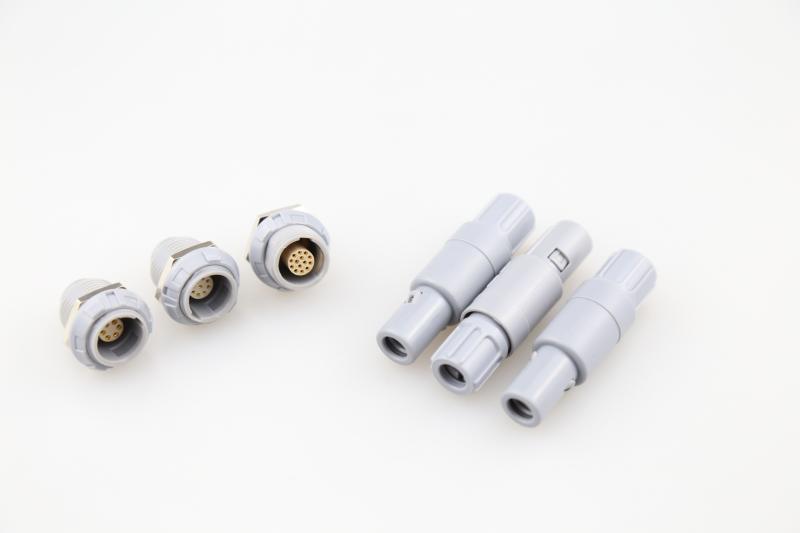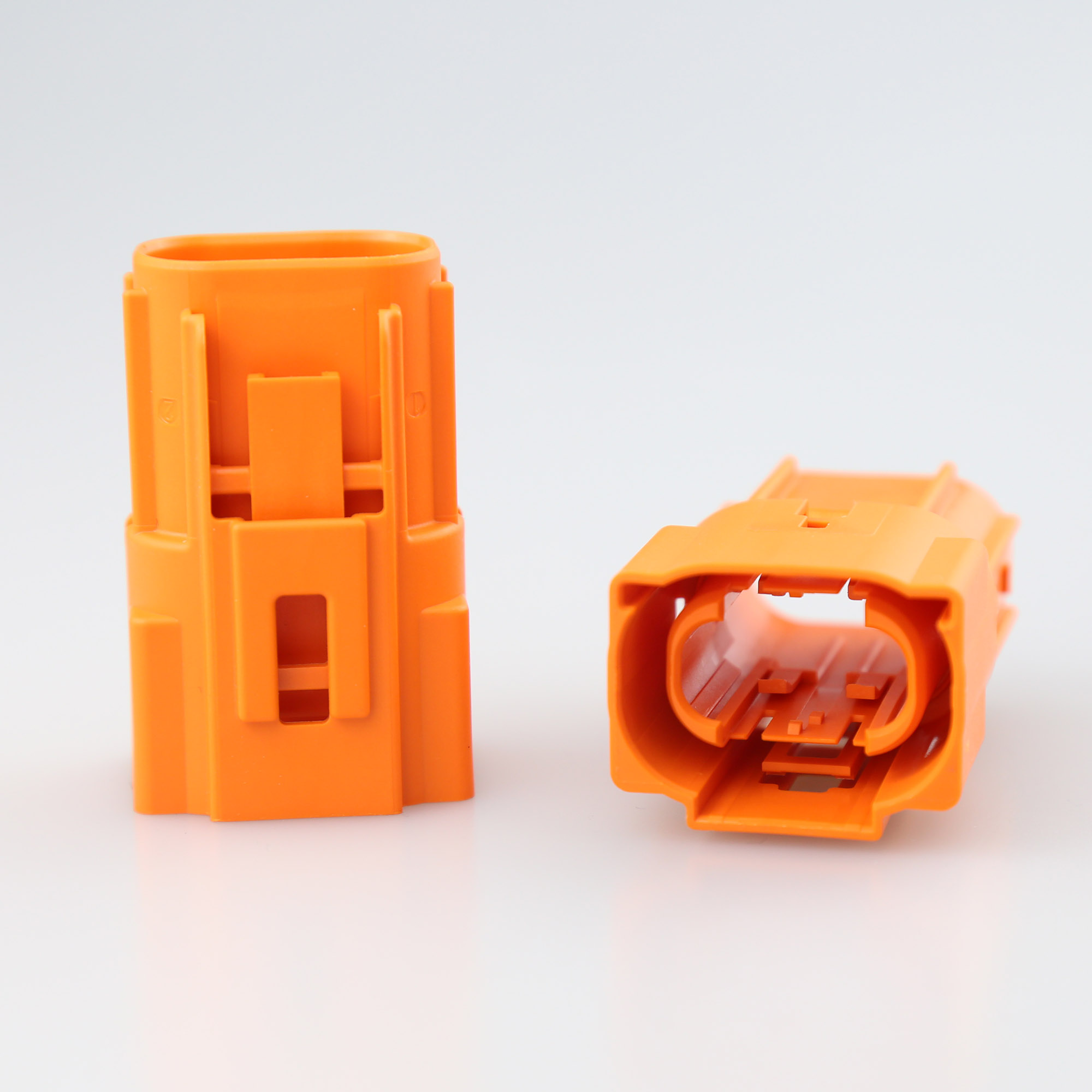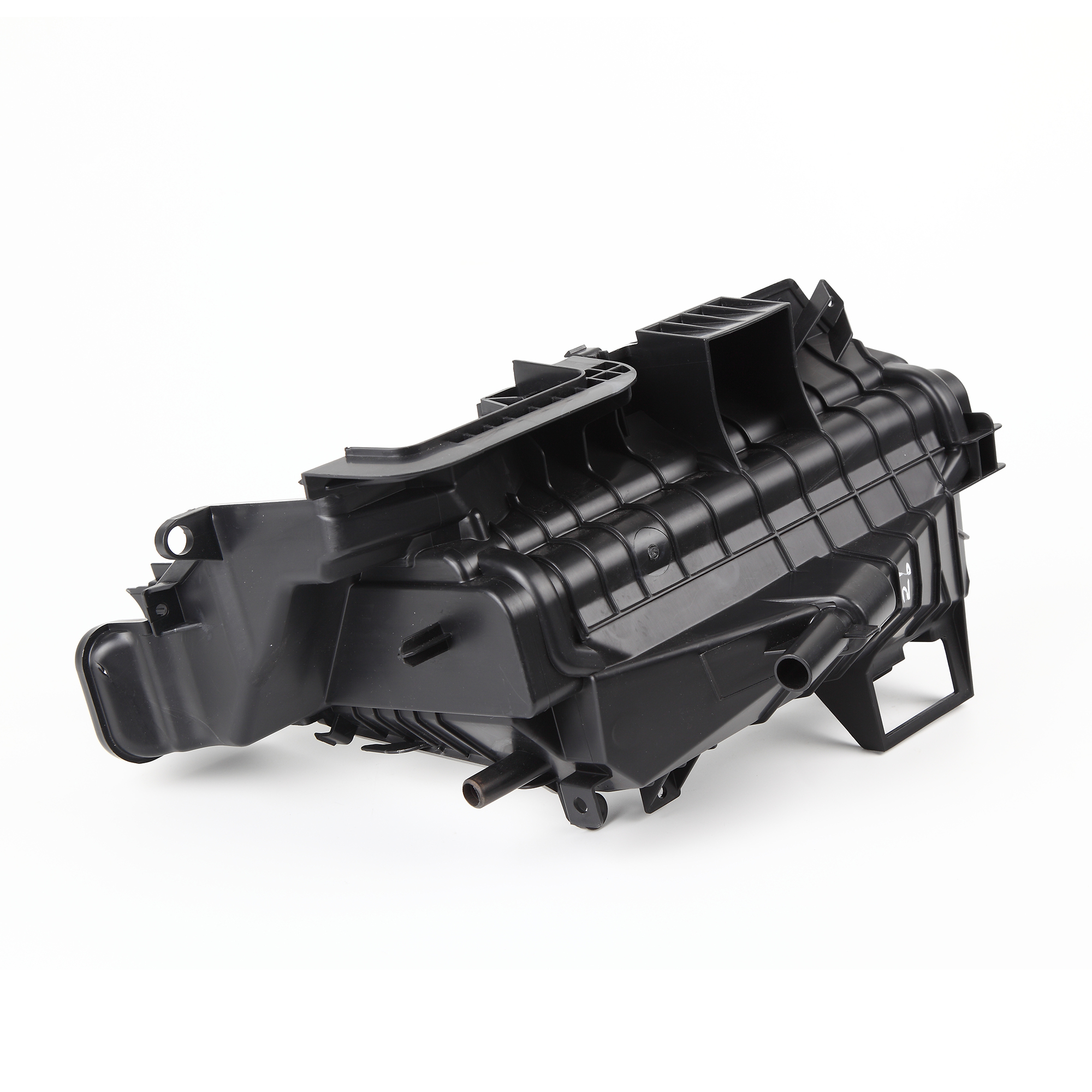



Answer: one of the most important goals in the cutting process is to create a evenly distributed machining allowance for each tool in each process. This means that tools of different diameters (from large to small) must be used, especially in roughing and semi-finishing operations. The main criterion at any time should be to be as close as possible to the final shape of the die in each process. A uniform distribution of machining allowance for each tool ensures a constant and high productivity and a safe cutting process. When ap/AE (axial cutting depth/radial cutting depth) is constant, the cutting speed and feed rate can also be kept at a high level. In this way, the cutting edge of the mechanical role and workload changes on the small, thus generating less heat and fatigue, thus increasing tool life. If the latter process is some semi-finishing processes, especially all finishing processes, you can carry out unattended processing or partially unattended processing. Constant Machining Allowance is also the basic standard for high speed cutting applications. Another beneficial effect of a constant machining allowance is that it has little adverse effect on machine tools -- guideways, ball screws, and spindle bearings.